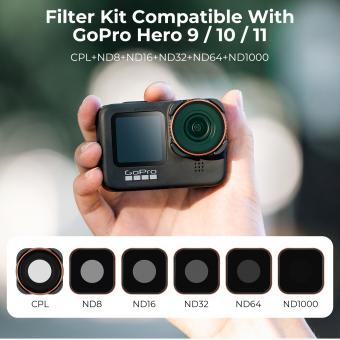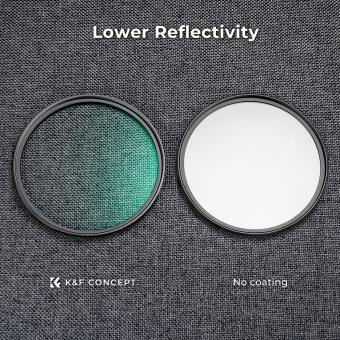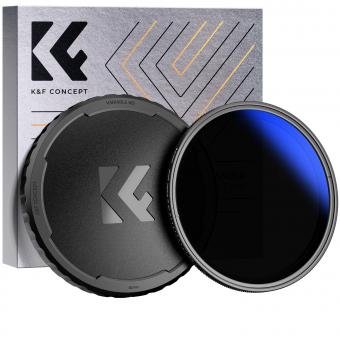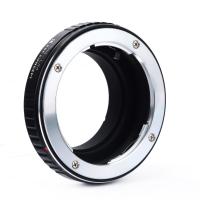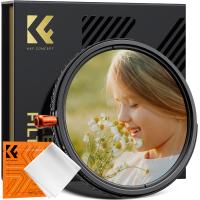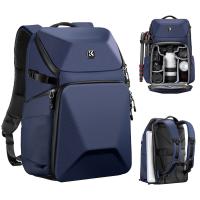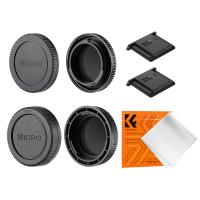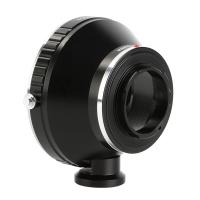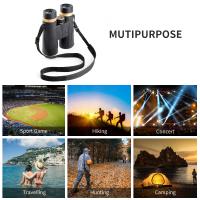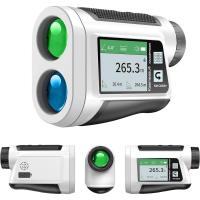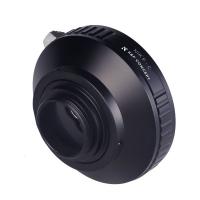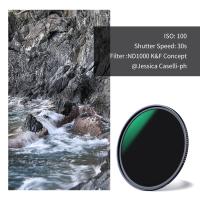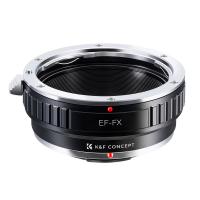What Size Lens Appropriate For Nd Filters ?
The appropriate size of a lens for ND filters depends on the diameter of the lens filter thread. It is important to choose an ND filter that matches the filter thread size of your lens. This information can usually be found on the front of the lens or in the lens specifications. Common filter thread sizes include 52mm, 58mm, 67mm, 77mm, and 82mm, but there are many other sizes available. It is recommended to check the specific filter thread size of your lens before purchasing an ND filter to ensure compatibility.
1、 Lens diameter compatibility with ND filters
The appropriate size of a lens for ND filters depends on the diameter of the lens itself. ND filters are typically available in various sizes, ranging from 49mm to 82mm, with some specialty filters going up to 105mm or even larger. Therefore, it is crucial to choose an ND filter that matches the diameter of your lens.
To determine the correct size, you can check the front of your lens for the symbol "Ø" followed by a number. This number represents the diameter of the lens in millimeters. Alternatively, you can refer to the lens specifications provided by the manufacturer.
It is worth noting that some lenses have a larger front element or a built-in lens hood that may require a larger filter size. In such cases, step-up rings can be used to adapt the filter to the lens. Step-up rings allow you to attach a larger filter to a smaller lens by screwing the ring onto the lens and then attaching the filter to the ring.
As for the latest point of view, advancements in lens technology have led to the introduction of larger and more specialized lenses. Consequently, filter manufacturers have expanded their range of filter sizes to accommodate these lenses. Additionally, some lenses now feature built-in ND filters, eliminating the need for external filters altogether.
In conclusion, the appropriate size of an ND filter for your lens is determined by the lens diameter. It is essential to match the filter size to the lens or use step-up rings if necessary.
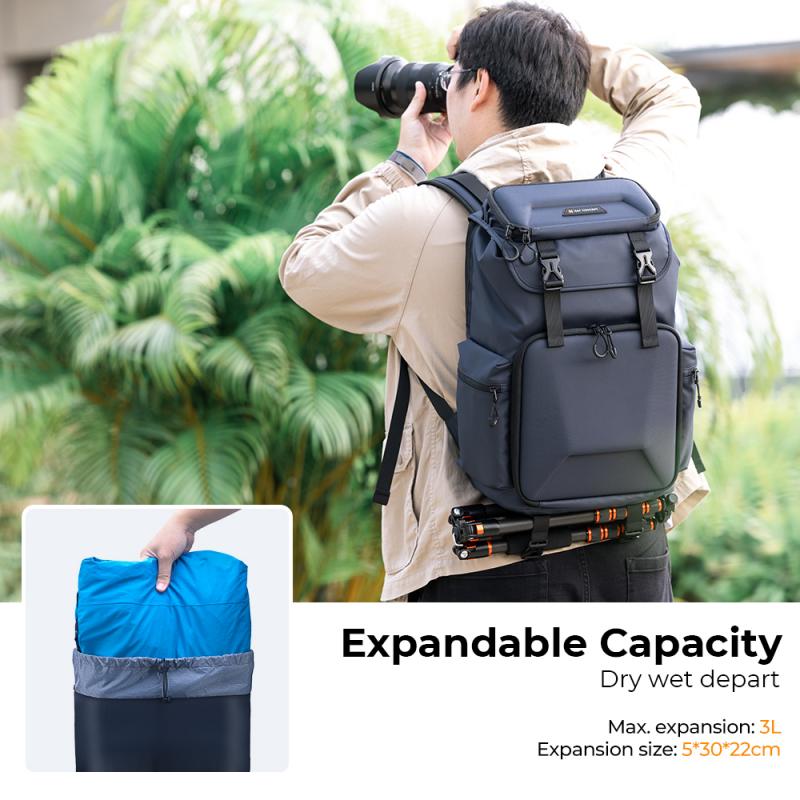
2、 Recommended lens focal length for ND filter usage
The appropriate size of a lens for ND filters depends on the specific needs and preferences of the photographer. ND filters are commonly used to control the amount of light entering the camera, allowing for longer exposures or wider apertures in bright conditions. Therefore, the choice of lens size for ND filter usage is primarily determined by the desired focal length and the filter thread size of the lens.
In general, ND filters are available in various sizes, such as 52mm, 58mm, 67mm, 77mm, and 82mm, among others. These sizes correspond to the filter thread diameter of the lens. To use an ND filter effectively, the filter size should match the lens thread size or be compatible with the lens through the use of step-up or step-down rings.
As for the recommended lens focal length for ND filter usage, there is no specific focal length that is universally recommended. The choice of focal length depends on the type of photography and the desired effect. Landscape photographers often prefer wide-angle lenses to capture expansive scenes, while portrait photographers may opt for telephoto lenses to isolate subjects.
It is worth noting that some photographers prefer to use a set of square or rectangular ND filters with a filter holder system. This allows for more flexibility as the filters can be used with different lenses by simply adjusting the filter holder. This approach eliminates the need to purchase multiple filters for different lens sizes.
In conclusion, the appropriate size of a lens for ND filter usage depends on the desired focal length and the filter thread size of the lens. There is no specific focal length that is universally recommended, as it varies based on the photographer's preferences and the type of photography.

3、 ND filter size considerations for wide-angle lenses
When considering the appropriate size of ND filters for wide-angle lenses, there are a few key factors to take into account. The first consideration is the filter thread size of the lens itself. Most lenses have a specific filter thread size indicated on the front of the lens, usually in millimeters. This size determines the diameter of the filter that can be attached directly to the lens.
For wide-angle lenses, it is important to choose a filter size that does not cause any vignetting or darkening of the corners in the resulting image. Vignetting can occur when the filter is too large and obstructs the field of view of the lens. To avoid this, it is recommended to choose a filter size that is slightly larger than the lens' filter thread size.
Another consideration is the thickness of the filter. Wide-angle lenses often have a protruding front element, and using a thick filter can cause unwanted reflections or distortions in the image. Therefore, it is advisable to use slim or low-profile filters to minimize any potential issues.
It is worth noting that some wide-angle lenses have a built-in filter holder at the rear of the lens, allowing for the use of specialized square or rectangular filters. These filters can be larger in size and offer more flexibility in terms of positioning and adjustment.
In recent years, there has been a trend towards using larger filter sizes, such as 82mm or even 95mm, for wide-angle lenses. This is partly due to the increasing popularity of full-frame cameras and the desire to maintain image quality across a wider range of lenses. However, it is important to consider the specific lens and its characteristics when choosing the appropriate filter size.
Ultimately, the appropriate size of ND filters for wide-angle lenses depends on the lens' filter thread size, the potential for vignetting, the thickness of the filter, and any specific requirements or preferences of the photographer.
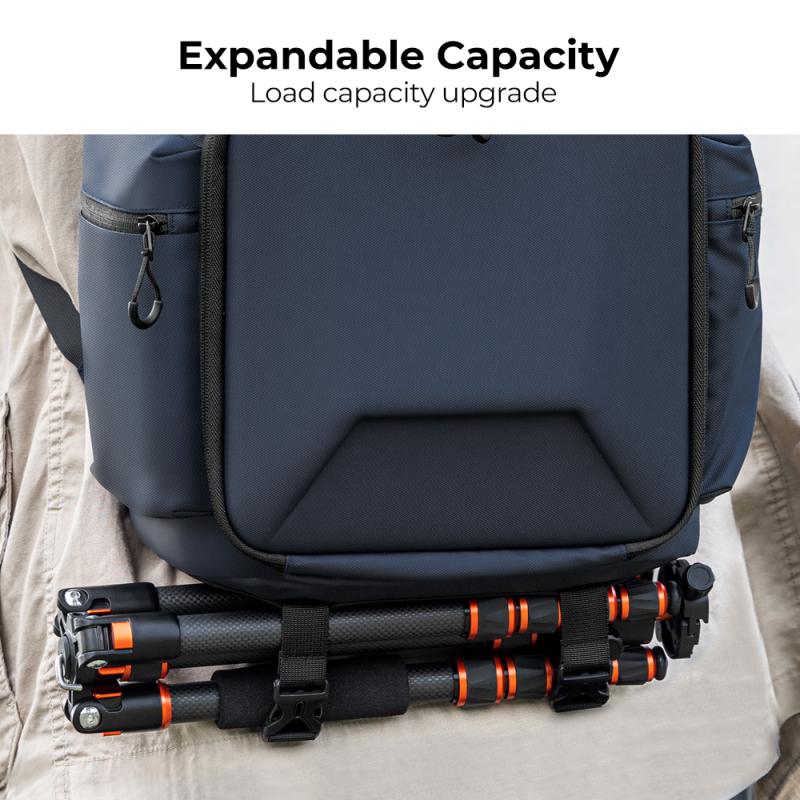
4、 Choosing the right filter size for telephoto lenses
When it comes to choosing the right filter size for telephoto lenses, it is important to consider the diameter of the lens and the specific purpose of the filter. One popular type of filter used with telephoto lenses is the ND (Neutral Density) filter, which reduces the amount of light entering the lens without affecting the color or contrast of the image.
The appropriate size of the ND filter for a telephoto lens depends on the lens diameter. Most lenses have the diameter size indicated on the front of the lens, often expressed in millimeters. It is crucial to select a filter that matches the lens diameter to ensure proper attachment and avoid vignetting.
In recent years, there has been a trend towards larger filter sizes for telephoto lenses. This is due to the increasing popularity of high-resolution cameras and the need to maintain image quality. Larger filters allow for better coverage of the lens, reducing the risk of vignetting and maintaining image sharpness.
However, it is important to note that the appropriate filter size also depends on the specific telephoto lens being used. Some telephoto lenses have larger front elements, requiring larger filter sizes, while others may have smaller front elements. It is always recommended to consult the lens manufacturer's specifications or seek advice from professionals or online communities to determine the appropriate filter size for a specific telephoto lens.
In conclusion, when selecting an ND filter for a telephoto lens, it is crucial to consider the lens diameter and choose a filter size that matches it. Additionally, staying updated with the latest trends and recommendations in the photography community can provide valuable insights into the appropriate filter size for telephoto lenses.



